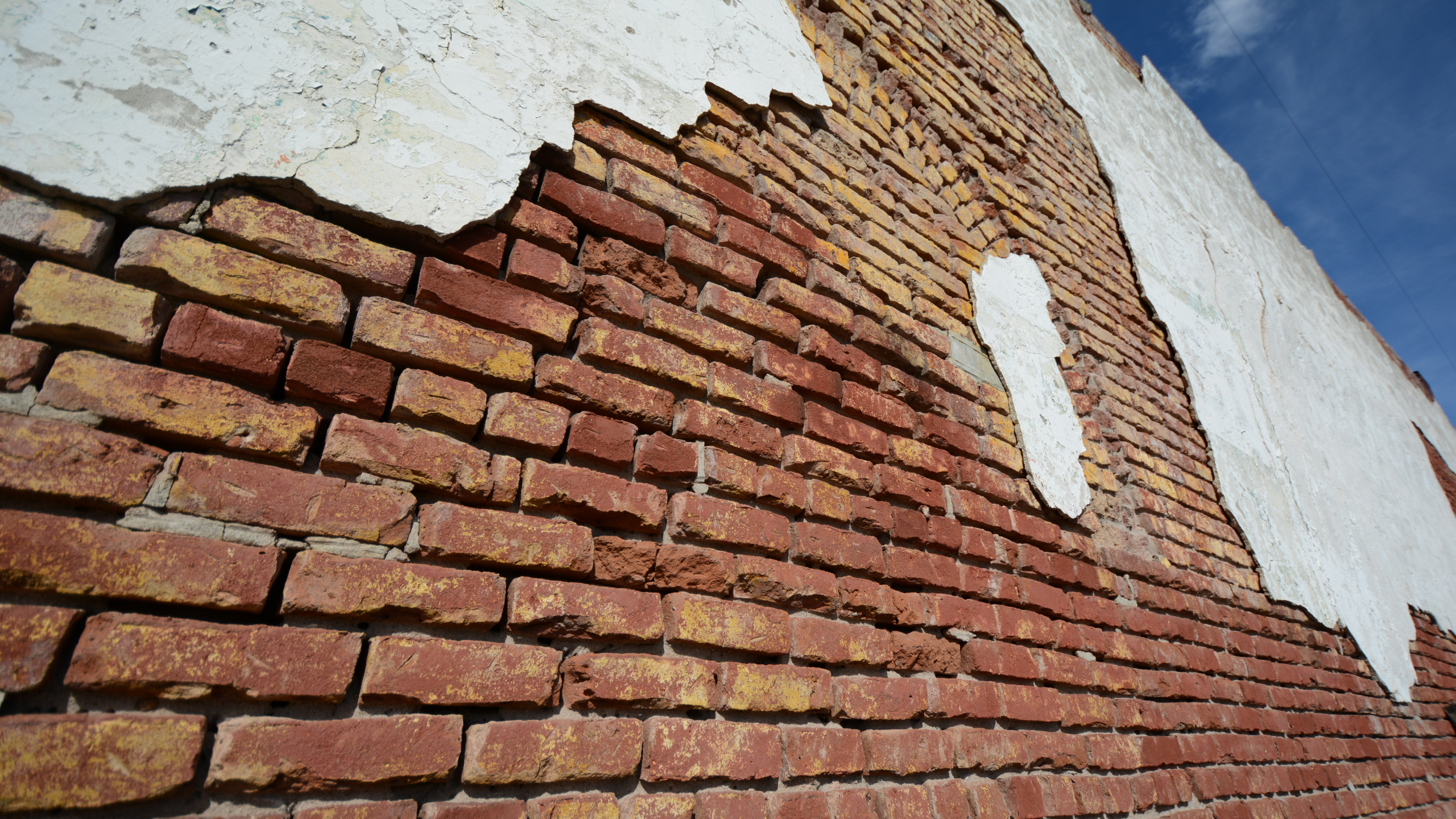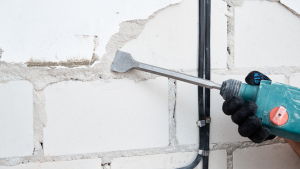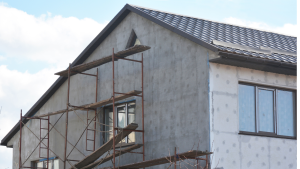Stucco is an enduring choice for exterior finishing, cherished for its timeless appeal and remarkable durability. Yet, like all construction materials, stucco demands ongoing attention and care to preserve its inherent strength and ensure its enduring lifespan. Recognizing this necessity, our comprehensive guide meticulously explores the complexities of stucco inspection and repair. Within its pages lie invaluable insights and practical advice tailored specifically for homeowners who seek to fortify and protect their property investments for generations to come.
Jersey City Stucco Contractor offers a wide array of stucco and construction services tailored to meet the needs of both residential and commercial properties in Jersey City, NJ. Our skilled professionals are committed to guiding you through the entire process, from selecting the most suitable system to exploring various options that align with your property’s unique requirements. We look forward to the opportunity of consulting with you and delivering exceptional results.
Understanding Stucco Repair:
Stucco repair encompasses a comprehensive array of measures aimed at remedying any damage or wear that compromises the stucco surface’s structural robustness and visual allure. This multifaceted process involves addressing various issues, from filling minor cracks and patching small holes to meticulously rectifying areas where the stucco has deteriorated or chipped over time. These interventions play a pivotal role in safeguarding against water infiltration and arresting the gradual deterioration of the stucco system, ensuring its long-term resilience and aesthetic integrity.
How to Inspect a Stucco House:
Conducting a thorough inspection of a stucco-clad house necessitates close attention to detail and a thorough comprehension of the common challenges that can impact stucco exteriors. Below, we outline a systematic approach to conducting a comprehensive assessment of the stucco:
1. Visual Examination:
Begin by meticulously scanning the entire stucco surface, examining it for any signs of wear, damage, or deterioration. Look closely for cracks, fissures, or areas where the stucco has chipped away, as these can indicate underlying issues. Pay particular attention to joints, corners, and transitions between different building materials, as these areas are prone to developing problems.
2. Moisture Assessment:
Conduct a thorough evaluation to identify any signs of moisture infiltration or retention within the stucco system. Look for discoloration, staining, or efflorescence, which may indicate water damage. Additionally, check for soft or spongy areas on the stucco surface, as these can signal underlying moisture problems.
3. Focus on Vulnerable Areas:
Direct your attention to areas of the stucco that are particularly susceptible to damage, such as around windows, doors, and vents. Inspect these vulnerable spots for any signs of cracking, separation, or deterioration, as they are common areas for water penetration and structural issues to arise.
4. Professional Evaluation:
If you encounter significant damage or are unsure about the extent of the issues present, consider seeking the expertise of a professional stucco inspector. A qualified inspector can conduct a more in-depth assessment using specialized tools and techniques, providing you with valuable insights and recommendations for addressing any issues identified.
By following this systematic approach to stucco inspection, homeowners can effectively identify and address potential problems, ensuring their stucco-clad homes’ longevity and structural integrity.
The Importance of Stucco Inspections:
Regular stucco inspections are essential for preserving the integrity and longevity of your home’s exterior. Beyond cosmetic concerns, these inspections are proactive measures to prevent costly repairs and structural damage. Before little problems become bigger ones, homeowners can prolong the lifespan of their stucco exterior and preserve the building envelope’s structural integrity. Timely intervention also helps prevent moisture intrusion, which can cause mold development and wood degradation.
Types of Stucco Inspections:
Stucco inspections encompass various approaches tailored to different concerns and levels of scrutiny:
1. Routine Inspections: Regular or biannually, routine inspections involve a comprehensive visual assessment to detect signs of damage or deterioration. Regular examinations allow homeowners to promptly identify and address potential issues, preventing minor problems from escalating.
2. Specialized Inspections: Specialized inspections may be necessary in certain situations, such as suspected moisture intrusion or structural concerns. These assessments delve deeper into specific areas of concern, utilizing advanced techniques and tools to uncover hidden issues. Professional stucco inspectors provide a thorough evaluation and tailored recommendations for effective solutions.
Hiring a Professional Stucco Inspector:
While homeowners can conduct visual inspections independently, hiring a professional stucco inspector offers numerous benefits. With specialized expertise and tools, a qualified inspector can identify hidden issues and provide precise recommendations for repairs or maintenance, ensuring comprehensive care for the stucco exterior.
Conclusion:
Stucco inspection and repair are vital responsibilities for homeowners with stucco exteriors. By carrying out routine checks and quickly resolving problems, homeowners can protect their investments and enjoy stucco’s enduring elegance and strength over the years. Vigilance in maintenance is key, as addressing minor repairs promptly can prevent significant challenges in the future, ensuring the long-term resilience and appeal of your stucco-clad home.




